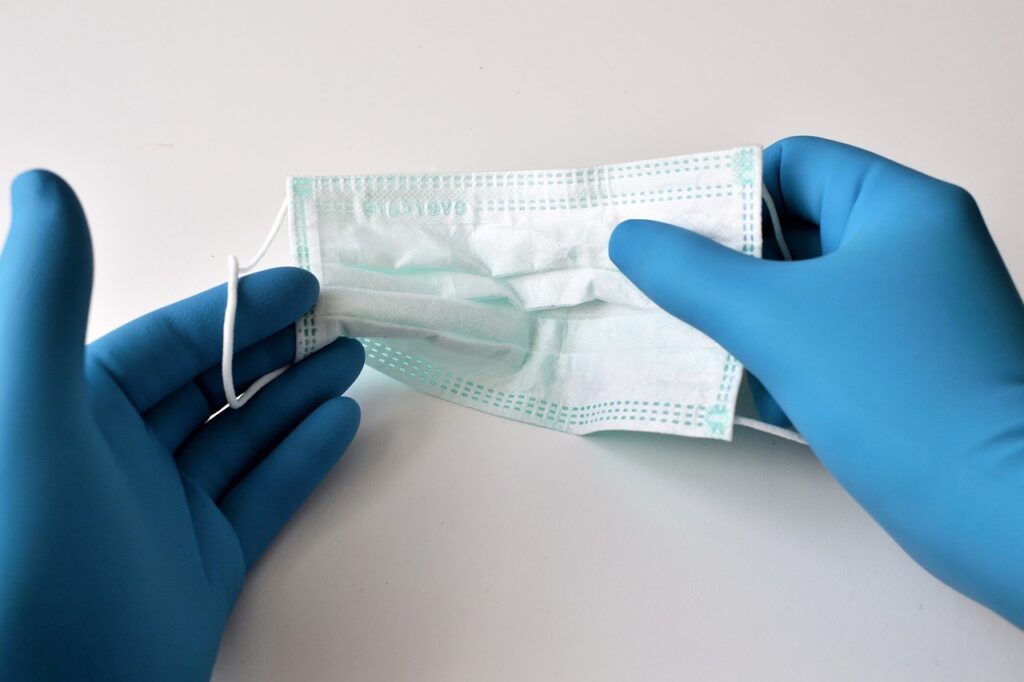The main obstacles to a “good death” during the Covid-19 pandemic were strict limitations on comforting and communicating with patients
11 Jan 2024

Dying is not a medical experience but also a social and psychological one. We would like to ease the suffering of terminally ill and very sick patients by providing proper care and a “good death” or dying experience in our hospitals. However, the COVID-19 pandemic brought about new challenges and restrictive protocols. In this study, the barriers to and facilitators of a “good death” from the viewpoint of COVID-19 survivors, relatives, and healthcare providers were described. This is the first qualitative study in the Philippines that explores the perspectives about “good death” and experience of hospitalization, dying, and burial during the time of the COVID-19 pandemic in a tertiary care hospital. The study was done in a COVID-19 tertiary hospital in Metro Manila from September to December 2021. Three groups of target participants joined the study: eight survivors of severe/critical COVID-19, nine close relatives of COVID-19 patients who died, and nine healthcare providers of COVID-19 patients who died. Interviews were conducted through video calls. A total of 26 participants were interviewed. The experiences with COVID 19 were influenced by the fear of the infection and isolation restrictions during hospitalization. All groups expressed fear of COVID-19 and death, the importance of family in the healthcare process, difficulty in communication, and cremation as necessary but not preferred. A “good death” is perceived as a peaceful, prepared experience. The main barriers to a “good death” were the strict restrictions on physically comforting and communicating with patients. Video/voice calls and compassionate health care providers facilitated a better hospitalization experience. Healthcare providers and hospitals can improve on how they care for severely ill patients in order to facilitate a “good death” among Filipino patients.
Read full paper: https://actamedicaphilippina.upm.edu.ph/index.php/acta/article/view/5650
